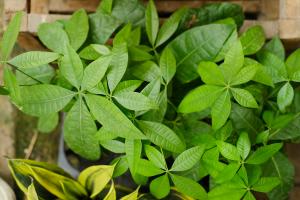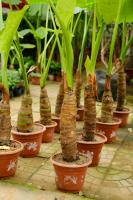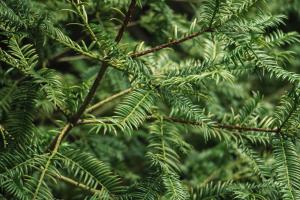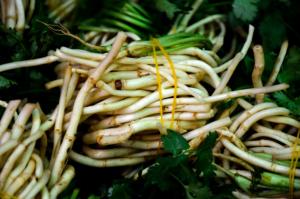When Do You Plant Green Beans?
Introduction
Green beans are a popular vegetable that can be enjoyed fresh, canned, or frozen. They are easy to grow and can be planted in both the spring and fall. But when is the best time to plant green beans?
Planting Green Beans in the Spring
If you plan to plant green beans in the spring, you should wait until after the last frost date in your area. This will vary depending on where you live, but you can typically find this information from your local extension office. Once you know your last frost date, you can start planting your seeds.
Green beans prefer soil that is well-drained and fertile. You can prepare your soil by adding compost or other organic matter. Plant your seeds 1-2 inches deep and 2-4 inches apart. Make sure to water your seeds regularly to keep the soil moist. Your green beans should start to sprout within 7-10 days.
Planting Green Beans in the Fall
If you live in an area with mild winters, you can also plant green beans in the fall. This will allow you to have a second crop of beans before the winter season sets in.
The best time to plant green beans in the fall is around two to three months before the first expected frost. This will give your beans enough time to mature before the cold weather arrives. You can plant your beans using the same method as in the spring, but make sure to keep an eye on the weather forecast and protect your plants if a frost is expected.
Caring for Your Green Bean Plants
Green beans require regular watering and fertilizing throughout the growing season. Make sure to keep the soil moist, but not waterlogged. You can add fertilizer every few weeks to ensure your plants have the necessary nutrients to grow.
You should also watch out for pests and diseases that can affect your green bean plants. Common pests include aphids, bean beetles, and spider mites. You can control these pests by applying insecticidal soap or a homemade insecticide made from garlic and water. Diseases that can affect green beans include bacterial blight and powdery mildew. These can be controlled with fungicides.
Harvesting Your Green Beans
Green beans are ready to harvest when they are full-sized and firm to the touch. You can pick your beans every few days to encourage more growth. To harvest your beans, simply grasp the stem and pull gently. Harvesting your beans regularly will also prevent them from becoming tough or stringy.
Conclusion
Overall, the best time to plant green beans is either in the spring after the last frost date or in the fall around two to three months before the first expected frost. With proper care and attention, you can enjoy a bountiful harvest of fresh and delicious green beans throughout the growing season.

 how many times do yo...
how many times do yo... how many planted tre...
how many planted tre... how many pine trees ...
how many pine trees ... how many pecan trees...
how many pecan trees... how many plants comp...
how many plants comp... how many plants can ...
how many plants can ... how many plants and ...
how many plants and ... how many pepper plan...
how many pepper plan...































